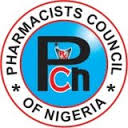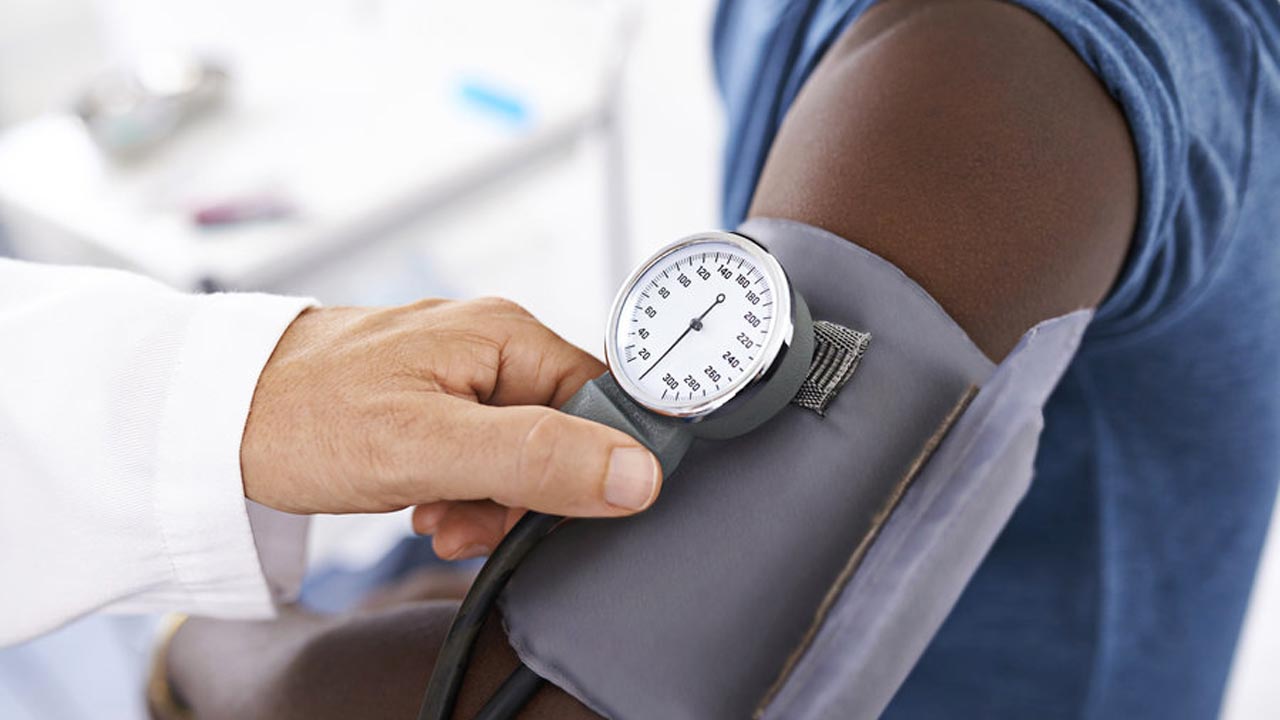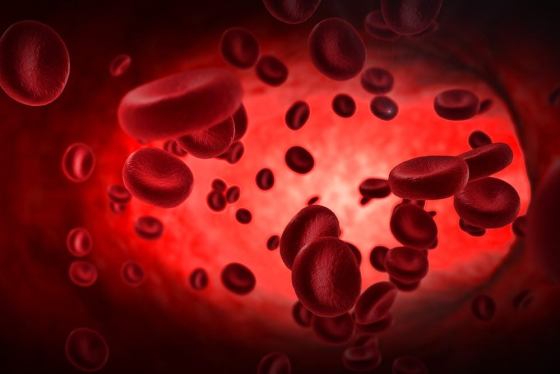In recent times, the Nigerian public has expressed doubts about the competence of medical doctors following increased reports of misdiagnoses of illnesses in hospitals. Therefore, questions have been raised over the quality of medical training in the country. Investigation by our correspondent who visited some medical schools in the country shows that facilities and infrastructure are seriously overstretched.
At the University of Lagos College of Medicine, our correspondent easily mixed among the crowd of students in a crowded lecture room in the course of this investigation. Classrooms at MEDILAG were jammed full of students such that it was difficult for them to concentrate. Several students were left standing as the number of seats and tables were largely inadequate to cater for the students. About 40 minutes into the lecture, some of the students who had no seats started filing out of the room. Our correspondent learnt that classes usually hold for a minimum of two hours for each course, and so students who have to stand during the course of the lectures struggle to physically cope.
Any student that is unlucky to find a seat for a three-hour lecture, will stand throughout the lecture period unless he/she chooses to forgo the lecture for comfort. Scores of students were seen moving out of classes when they got tired of standing. That is not all. During basic medical science classes for 200 and 300 level students, as many as 70 to 80 students were assigned to a cadaver (a dead body) for dissection.
On one occasion, some students who had difficulty in getting close enough to the body, got discouraged. Soon enough, their mobile phones engaged their attention and interest.
A student in the school who simply identified himself as Akintayo said it was difficult for them to gain much with “so many students to a cadaver”. “We are usually up to 80 students to a cadaver. That’s why in most cases, you find students chatting and playing with their phones. It’s terrible to receive lectures while standing and so, we find it hard to concentrate in class. “Each class is not less than two hours and some classes could go on for as long as four hours at a stretch, still, some students will have to stand for the duration of the lectures because of inadequate space and seats. Can you imagine students standing in class for two hours at a stretch? After a while, what usually happens is that some of us who could not get seats get tired and walk out of the class.”
The situation is slightly better at the College of Medicine, University of Ibadan, Oyo State and the College of Medicine, University of Ilorin, Kwara State, where 20 students are assigned to a cadaver. But that is just in terms of the number of students assigned to cadaver. These colleges do not have enough seats.
Of the schools visited, only the College of Medicine, Lagos State University, Lagos, fared best with an average of seven students to a cadaver in their anatomy class.
But a medical student of the University of Ilorin, Ajibade, while sharing his school experience, still likened some of his classes to a “marketplace.” He said, “Over 20 of us could be asked to work on one cadaver and many students would be chatting. They won’t focus or do anything since they have limited access to the cadaver. I would have preferred a maximum of five students to a cadaver, so that students could learn better. That way, students will be able to carry out instructions very well. It’s hellish when many people have to struggle to see a cadaver. “Also clinically, we are assigned to consultants. Normally, about four students to a consultant would have been appropriate but we could be as many as 20 assigned to a consultant. The consultant ought to know each student to put them through very well. But with over 20 students, it’s just like Oyingbo market, nobody knows who comes or who does not come.”
Also, at the University of Ibadan, Oyo State, a 200 level medical student, said the present situation was to have about 20 students to a cadaver. The student suggested that the number of students to a cadaver should not exceed 10 under any circumstance.
Indeed, the situation was different about two decades ago when the Chief Medical Director, St. Ives Hospital, Lagos, Dr. Tunde Okewale, was a medical student at UI. Okewale, who graduated from the UI medical school in 1995, expressed surprise that pressure in medical schools had worsened to the point where over 70 students now experiment with one cadaver in some schools.
“In my time, it wasn’t up to that; maybe between five to 10 students maximum. The question is that cadaver is not something you import. It’s not a hardware, so probably what is lacking is the preservatives to keep the cadavers,” he said.
Officials at the College of Medicine, UI, insisted that our correspondent must present an official letter to get an audience with the school Provost, Prof. Ayotunde Ogunseyinde. But the provost refused to respond two weeks after the official letter was sent and in spite of several visits by our correspondent to his office in Ibadan. Also, efforts to reach the Provost of the College of Medicine, UNILAG, Prof. Folasade Ogunsola, were unsuccessful as she was said to be busy with programmes lined up for the school’s convocation. The public relations officer of the college, Mr. Joseph Iyun, after three weeks, maintained that he still could not get an appointment for our correspondent with the school’s provost. Telephone calls to the Executive Secretary of the National Universities Commission, Prof. Julius Okojie, were not picked and text messages were not replied.
Power supply
Poor power supply in colleges of medicine and teaching hospitals is also prominent on the list of factors seen to be affecting medical training in the country. Our correspondent found out that the situation cuts across most areas of training, which affects the attitude of students to learning and subsequently their understanding of the basic sciences of medicine.
For instance, medical students at the College of Medicine, University of Lagos, Idi-Araba, Lagos, heavily rely on rechargeable lamps and lanterns when studying at night as power supply is bad, particularly during examination periods. At the college, students are only assured of six hours of power supply daily- three hours in the day and another three hours in the night. This is because power supplied from the college’s generators is rationed between 6am and 9am and from 7pm to 10pm. Investigation shows that students at the college find night studying challenging because of the inadequate power supply experienced on the campus.
This problem started around 2010 following a dispute between the college and the defunct Power Holding Company of Nigeria. At the time, the school allegedly owed the defunct electricity company a large sum of money in unpaid bills and so was disconnected from the public power supply. Afterward, the college bought generators and asked students to fuel and maintain them. But the students protested against the move and since then, the school has been supplying power from the generators to the hostels for a combined period of six hours daily.
A student of the college who did not want to be named, said “power is not even supplied to the classes where we (students) read, so we go to read at night with rechargeable lamps and lanterns. And the strange thing is that power supply is usually worse during examination periods because the generators often pack up around that time.” Some of the rooms where medical students on the campus go to read at night with lamps in hand include Tafawa Balewa Auditorium, a reading room in Medical students’ hostel and Pharmacy classes.
The situation is not much different at the college of medicine, Lagos State University and its teaching hospital in Ikeja, Lagos, where poor power supply is also an issue. According to the students, the school is supplied power between 7pm and 1am daily when there is no public power supply. Meanwhile, public power supply is irregular in the country.
A medical doctor in the school’s teaching hospital, LASUTH, who did not want his name published, because of fears of being punished for speaking with the media, said that medical training at LASUTH, also suffers as a result of the irregular power supply with the needless deaths of preterm babies and the under-utilisation of research laboratories.
The doctor said, “Due to lack of constant power supply, research laboratories are under-utilised since some things would not be done without power. Also, the hospital can bring down its death rate of preterm babies if power supply is constant. The incubator for preterm babies needs constant power supply and since that is not the case, it’s difficult to have low death rate of preterm babies in the hospital.” However, the doctor declined to speak further on the death rate of preterm babies at the hospital.
Also, medical students in the schools visited by our correspondent maintain that equipment and facilities are in short supply for their use. Our correspondent also observed that at the College of Medicine, UNILAG, students were responsible for buying equipment for clinical laboratory science classes, despite paying over N7,000 for the class. On one occasion, students were sighted scrambling to buy materials like test tubes and flasks to get themselves ready for their clinical laboratory classes.
One of the students confirmed the situation. He told our correspondent, “We are the ones who buy the test tubes and flasks for Biochemistry laboratory work. Even though we paid N7,150 for the class, all we got were two small handouts. Meanwhile, things needed for lab work are supposed to be supplied by the institution. Tuition fee is N18,000 and anatomy laboratory fee is N19,000. As a result of insufficient chemicals, we don’t have the luxury to try things out and explore in order not to waste chemicals.”
At the College of Medicine, UI, students consider power supply to be satisfactory and investigation shows that equipment needed by students for clinical laboratory classes are also supplied by the school. However, some of the students who spoke to our correspondent, expressed the desire to see the school get new technologies for improved teaching like medical mannequins and patient simulation laboratories.
A student who did not want his name published, explained that medical mannequins and simulation laboratories are important for medical training. “If we have those advanced teaching materials and labs, they will help us to do a lot of practice because there is a limit to what you can practise on patients. The school can’t just allow a student to open up a patient and perform surgery. That is where such mannequins and labs come in because they help students practise under conditions that look very real,” the student added.
Quota for medical schools
Indeed, the Medical and Dental Council of Nigeria’s introduction of a quota system for accredited medical schools has helped in the sanitisation drive for medical training in the country. However, some questions have been raised about what becomes of graduates of unaccredited institutions.
On its website, MDCN listed 27 fully accredited medical schools and five others with partial accreditation. Based on the quota given to accredited schools, MDCN pasted a figure of 2725 on its website as the number of medical and dental practitioners it expects from them annually. An additional 200 medical students are expected from the partially accredited schools.
Meanwhile, investigation shows that about 37 universities in the country offer medical training, a figure which is more than what is recognised by MDCN. Schools like Afe Babalola University, Ado-Ekiti, Ekiti State University and Kogi State University, Anyigba, Kogi State, which claim to offer medicine, had no mention on MDCN’s list. Although, MDCN only issues licences based on the quota for each school, some graduates of unaccredited medical schools still find their way into the labour market, particularly in private hospitals, albeit illegally.
Speaking on the issue, the former president of the Nigerian Medical Association, Dr. Osahon Enabulele, explained that the quota system was needed following a crisis in medical training some years ago.
He said, “There were problems at a point in time when everyone wanted their children to study medicine, whether qualified or not. There was complete political influence at the level of entry and so we had a situation where a class that was meant for maybe 50 people was now admitting 500 to 1000 people. Certainly, that infringed on the quality of training.
“But with the introduction of quota allocation, a quota is allocated to each university, maybe 50 and so on. So as a student comes into a school, he is given a number. Once it’s 50, the council doesn’t recognise the extra. Even if the school graduates 1000 students, the council will only certify the 50 based on the quota. And not all schools of medicine are recognised by the regulatory body, the MDCN. There are mushroom schools all over the place. There are state universities which are not recognised. “There are some other institutions which people are still attending whose products are not known to the council, so after graduation, they won’t get any licence from the council. Out of ignorance of most of the parents and out of an ambition to read medicine at all cost, some students end up in those universities without finding out whether they are accredited or not. Such students are on their own because they ought to have known that their schools were not accredited.”
ABUJA: Training Schedule for Basic Life Support BLS, Pediatric Advanced Life Support (PALS), Advanced Cardiovascular Life Support ACLS, First Aid, CPR, AED
PORTHARCOURT: Training Schedule for Basic Life Support BLS, Pediatric Advanced Life Support (PALS), Advanced Cardiovascular Life Support ACLS, First Aid, CPR, AED
LAGOS: Training Schedule for Basic Life Support BLS, Pediatric Advanced Life Support (PALS), Advanced Cardiovascular Life Support ACLS, First Aid, CPR, AED





